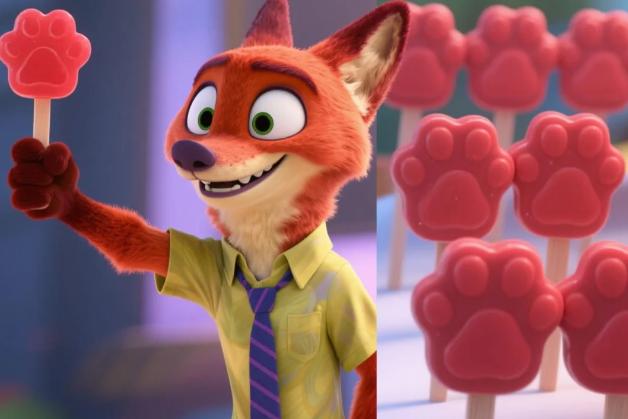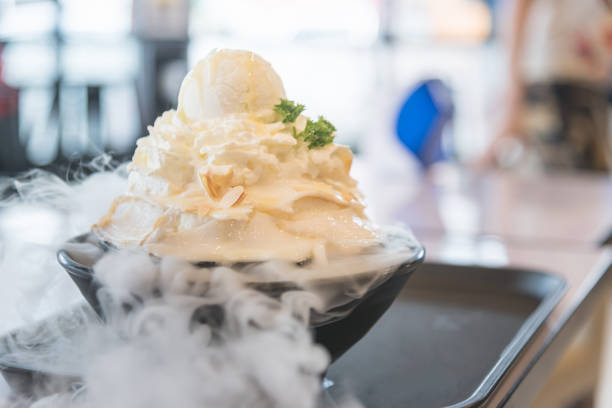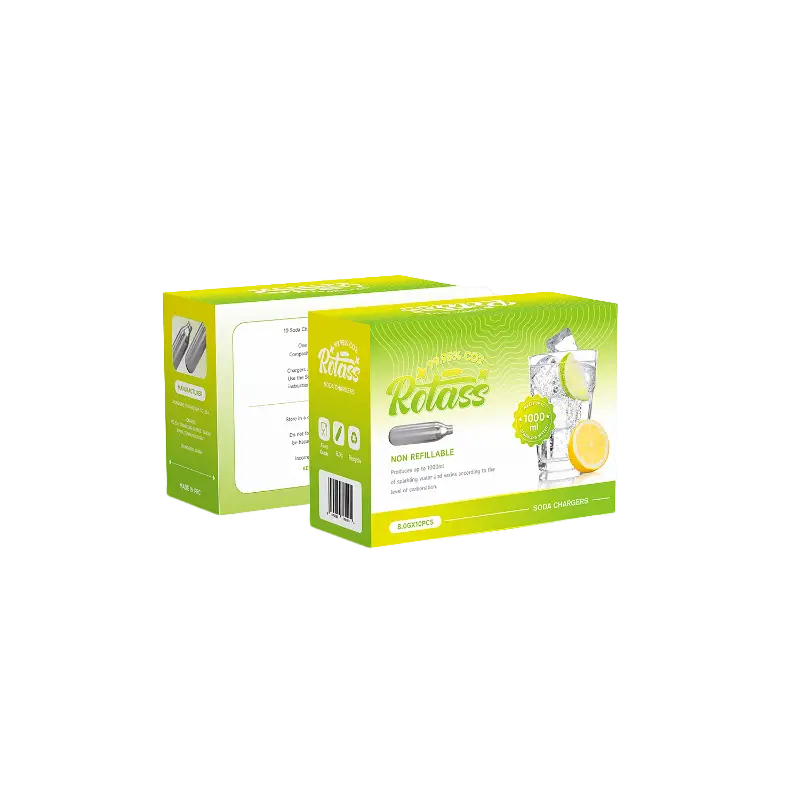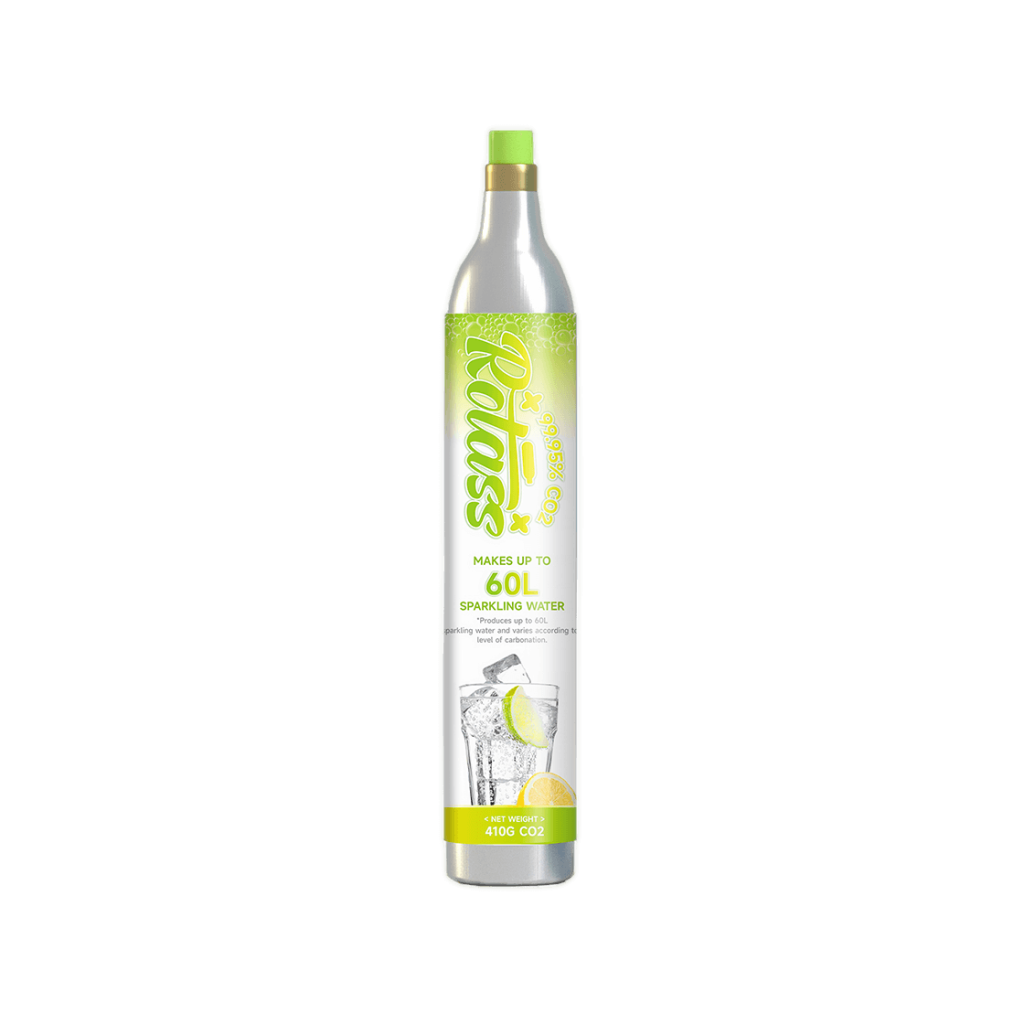2024 / 04 / 18
Food Grade Carbon Dioxide in the Field of Food Processing Applications
This article will introduce the applications of Food Grade Carbon Dioxide in the field of food processing. Food Grade Carbon Dioxide is usually stored in steel or aluminum cylinder
Application of food-grade carbon dioxide for drinks and draft beer
Carbonated beverages are products filled with food grade CO2 carbon dioxide gas under certain conditions, and are a type of soft drink (non-alcoholic beverages). Carbonated drinks (soda) are divided into juice-type carbonated drinks, fruit-flavored carbonated drinks, cola-type carbonated drinks, low-calorie carbonated drinks, and other types of carbonated drinks. Food-grade carbon dioxide improves the flavor of carbonated beverages, participates in providing an acidic environment, produces a pungent cool taste, and gives carbonated beverages their characteristic foamy appearance. In addition, carbon dioxide food grade can make soda and sparkling wine beverages have better antiseptic ability, thereby prolonging their shelf life.
Application of Food Grade Carbon Dioxide in Modified Atmosphere Preservation of Food
At present, fruits and vegetables are packaged in air-permeable plastic film bags, and the bag maintains 1% oxygen concentration and 10%-15% carbon dioxide food grade concentration. The simple atmosphere and temperature preservation of mushrooms show that they will remain fresh within 3-5 days without opening the umbrella, and there is no browning. The water loss rate is less than 1%, which can keep the mushrooms white within 4 days, and the freshness is good.
Food-grade carbon dioxide is not only used to keep fruits and vegetables fresh. For baked foods, food-grade carbon dioxide can not only effectively inhibit mold, but also prevent bread machine soft snacks from hardening. Carbon dioxide food grade can extend its shelf life more effectively than liquid nitrogen, and the shelf life can be extended to 1 month. CO2 food storage is available in large airtight containers as well as in small packages. Infusing food-grade carbon dioxide in small packages of snacks, cheese, and juice can also prolong the shelf life to prevent mildew and maintain good sensory quality.
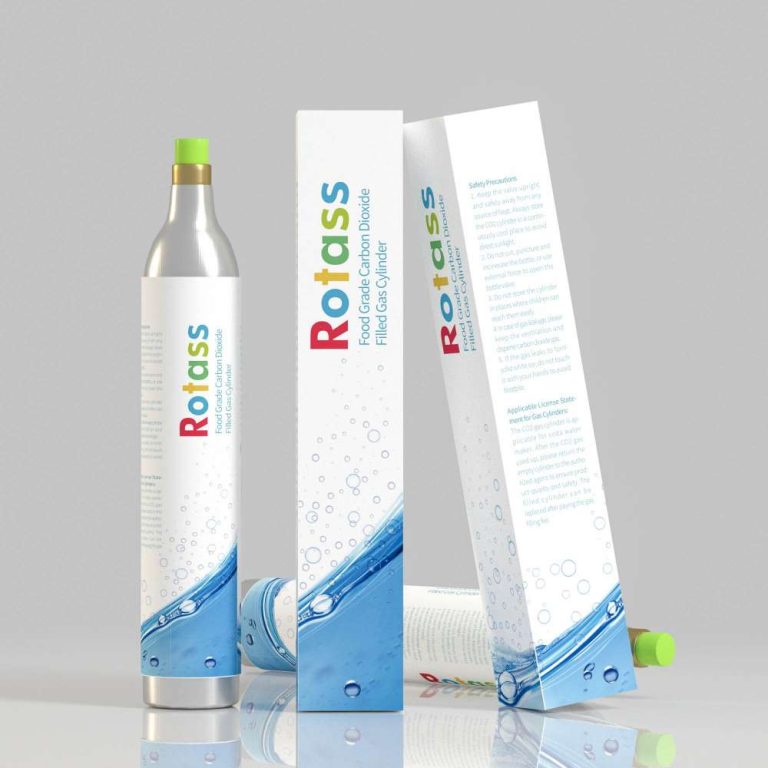
Application of carbon dioxide in food refrigeration and freezing
Solid carbon dioxide is called “dry ice”. “Dry ice” is a better refrigerant than ice, and it cools at a much lower temperature than ice, and can produce a low temperature of -78°C. Moreover, when “dry ice” melts, it does not become a liquid like ice, it directly evaporates into a very low temperature, dry carbon dioxide gas, so its refrigeration effect is particularly good. “Dry ice” is often used to preserve perishable foods, such as dry ice for freezing and preserving foods such as fish, meat, fruits, and vegetables. The biggest advantage of dry ice is that it vaporizes, and will not pollute the object with water. It is used for storing quick-frozen food, aviation food, and long and short-distance refrigerated transportation. However, the cost of dry ice freezing and preservation of food is relatively high, which limits its application range.
Other Applications of carbon dioxide in the food industry
In addition to the above main applications in the food industry, carbon dioxide has many uses:
Carbon dioxide drying food: The technology of using carbon dioxide instead of air to dry food is to use carbon dioxide as a drying medium to dry food at a lower temperature (32.2-46.1°C).
Making ice cream: the main raw materials are fruits, vegetables, dried fruits, and high-quality ice cream. Adding carbon dioxide, the expansion rate of ice cream can reach 100%, and the taste is refreshing, bringing you the coolest touch.
Preservation of fruit juice: using carbon dioxide to store fruit juice is a common method of fruit juice preservation abroad.
Prevent oxidation of oil: replace the air in the upper space of the oil storage tank with carbon dioxide, which can isolate the oil from oxygen and prevent the oil from oxidizing and deteriorating.




